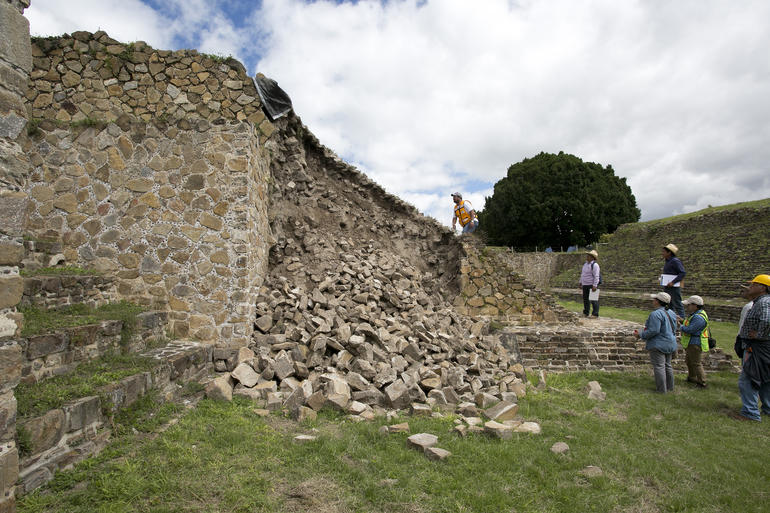
In May, more than $1 million in funding was awarded to support disaster response and restoration efforts at Monte Albán Archaeological Site in Oaxaca, Mexico. Fifteen structures within Monte Albán were affected by a devastating September 2017 earthquake, and subsequently the site was included on the 2018 World Monuments Watch as part of the Disaster Sites of the Caribbean, the Gulf, and Mexico. A partnership with the National Institute of Anthropology and History (INAH) began in summer 2018 to address the long-term stability of Monte Albán, including conservation, documentation, capacity building, and geological assessment.
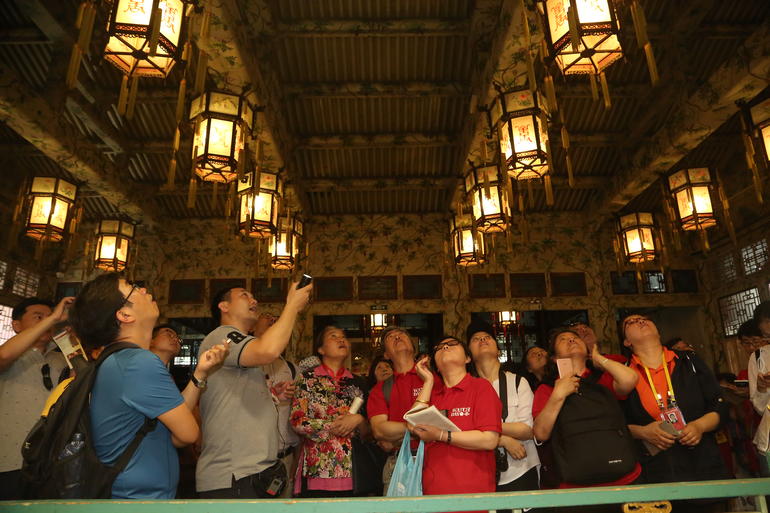
In 2018, nine sites from the 2018 World Monuments Watch held Watch Days to engage communities in celebrating their built heritage while highlighting the importance of local stewardship in sustainable preservation. Seen here, community members learn more about the Grand Theater of Prince Kung’s Mansion in Beijing, China.
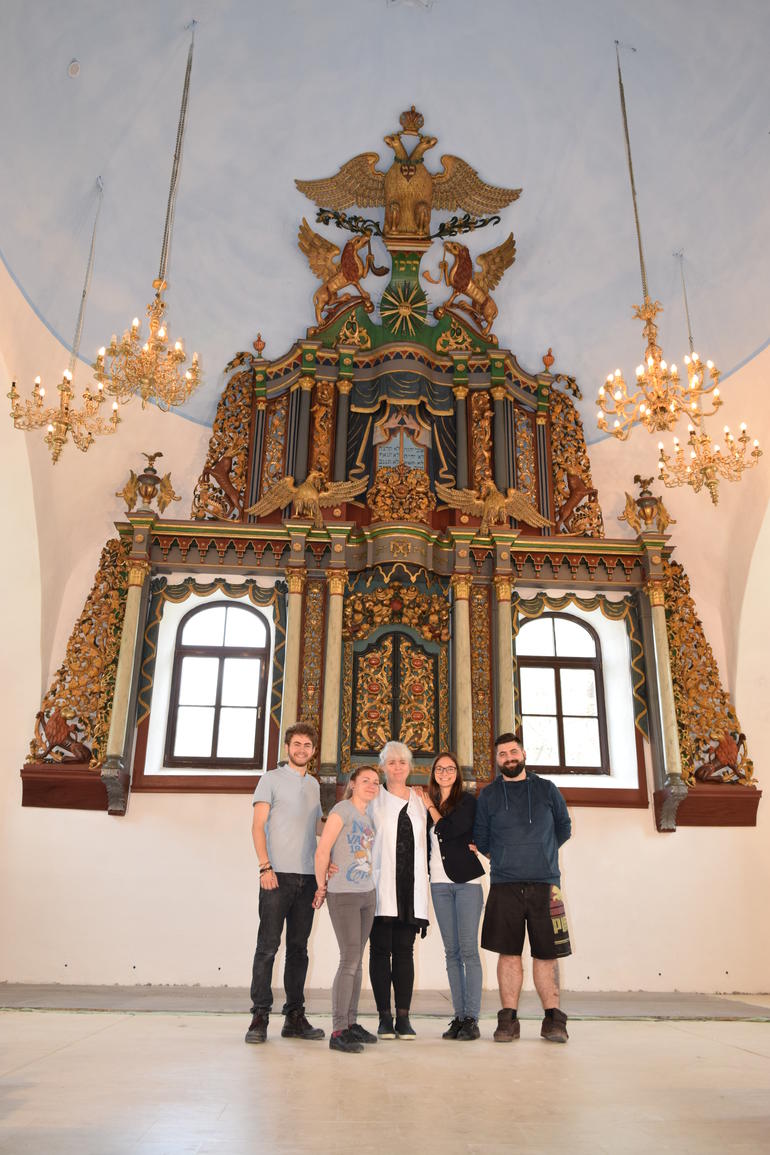
In summer 2018, the restoration of the Great Synagogue of Iaşi in Romania was completed following its inclusion on the 2014 World Monuments Watch. Though many thought the structure’s ornate aron kodesh could not be saved, WMF supported its challenging restoration—stabilizing and conserving the structure. The historic and sacred site will now be accessible for generations to come.
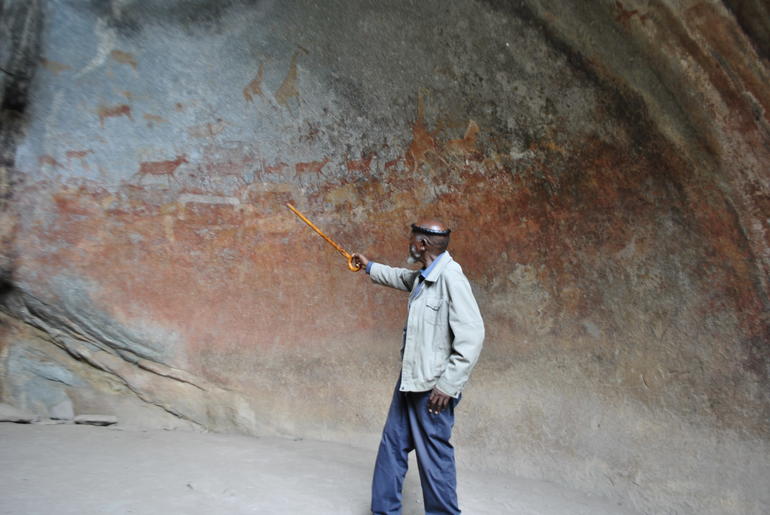
In June, American Express awarded $1 million to support conservation activities at eight of the threatened sites included on the 2018 World Monuments Watch. Among the awarded sites was Matobo Hills Cultural Landscape, one the world’s greatest rock art collections in Zimbabwe, seen here.
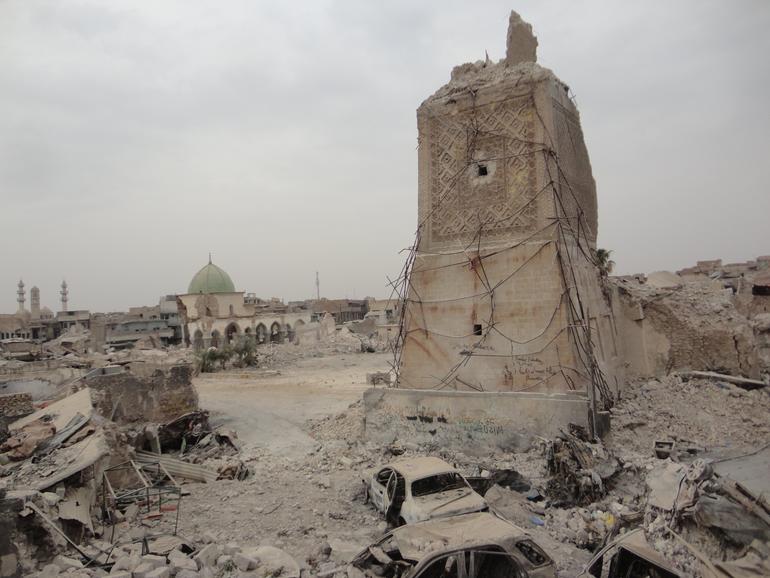
In the spring, World Monuments Fund launched an online platform with Google Arts & Culture, showcasing the unique stories of Iraq’s endangered heritage sites and the extraordinary efforts to preserve them. The platform utilizes drone footage, never-before-seen 3-D models, and more features to bring dozens of remarkable heritage sites to your fingertips.

“Preserving Iraq’s Heritage” was unveiled at a panel discussion in June at Google’s NYC headquarters, where experts in the field explored what comes next for Iraq’s conflict-damaged heritage, moderated by Arwa Damon, multi award-winning Senior International Correspondent for CNN.
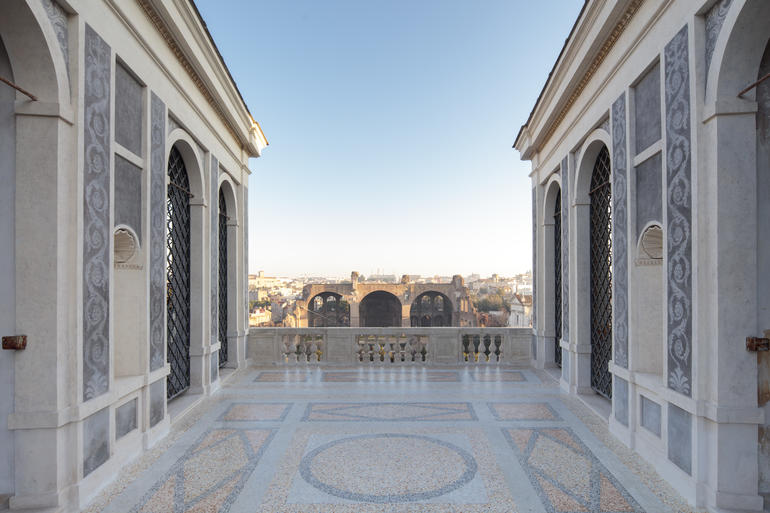
In 2018, conservation work was completed at the Farnese Aviaries, sixteenth-century twin pavilions considered among the best-preserved Renaissance remains on Rome’s Palatine Hill. Following the site’s inclusion on the 2014 World Monuments Watch, WMF partnered with the Soprintendenza Speciale Archeologica di Roma in the comprehensive restoration of the aviaries. They are now open to the public, providing an enhanced visitor experience and understanding of this complex site.
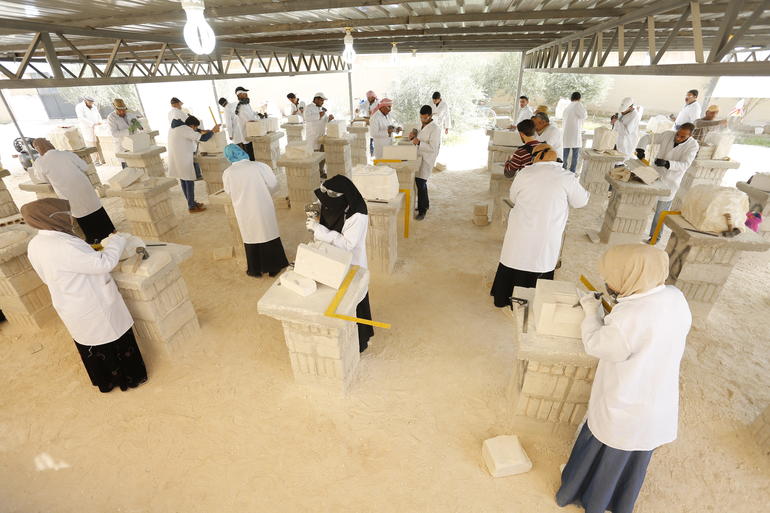
This fall marked graduation for the first trainees from our stonemasonry conservation training program for Syrian refugees and Jordanians in Mafraq, Jordan. Launched in 2017, the program provides skills essential to restoring conflict-affected built heritage while also offering professional development and promoting transnational learning. Special thanks to WMF Britain and Petra National Trust for leading the program, as well as generous project support from the British Council and Friends of Heritage Preservation.

This summer, the childhood home of Nina Simone, Civil Rights icon and revolutionary musician and singer, was named a National Treasure by the National Trust for Historic Preservation. In partnership with WMF, the National Trust will develop a new use for the dilapidated yet globally-significant property, purchased recently by four African-American artists – Adam Pendleton, Rashid Johnson, Ellen Gallagher, and Julie Mehretu – to maintain Simone’s legacy.
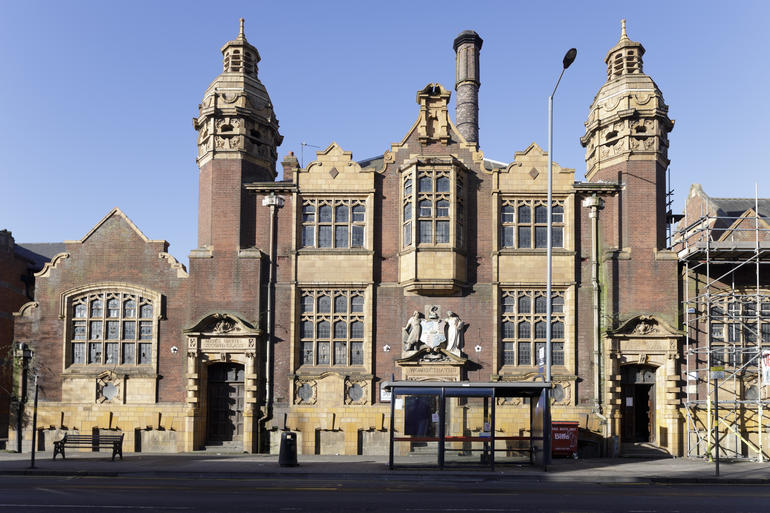
The spring marked great news for 2016 World Monuments Watch site Moseley Road Baths. Following years of advocacy in response to the site’s pending closure, the Birmingham City Council and the Moseley Road Baths coalition agreed on a plan of action to keep the baths open and thriving. A charitable group formed by local groups now operates the complex, and over £1 million from a coalition of funders, including World Monuments Fund, is being channeled into emergency repairs and a sustainable plan for its future.
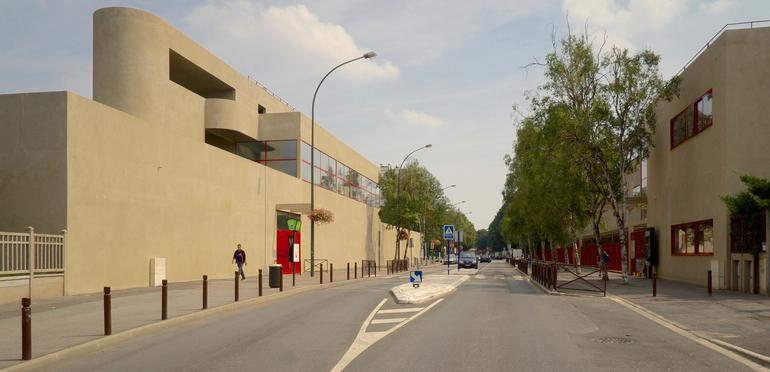
In December, WMF awarded the 2018 World Monuments Fund/Knoll Modernism Prize to Agence Christiane Schmuckle-Mollard, for the rehabilitation of the Karl Marx School in Villejuif, France, designed and built by André Lurçat in 1933. For the first time in the ten year history of the prize, a special mention was also awarded to Harboe Architects, PC for their preservation of Frank Lloyd Wright’s iconic Unity Temple in Oak Park, Illinois. The prize recognizes architects or designers that have demonstrated innovative solutions to preserve or save threatened modern architecture.
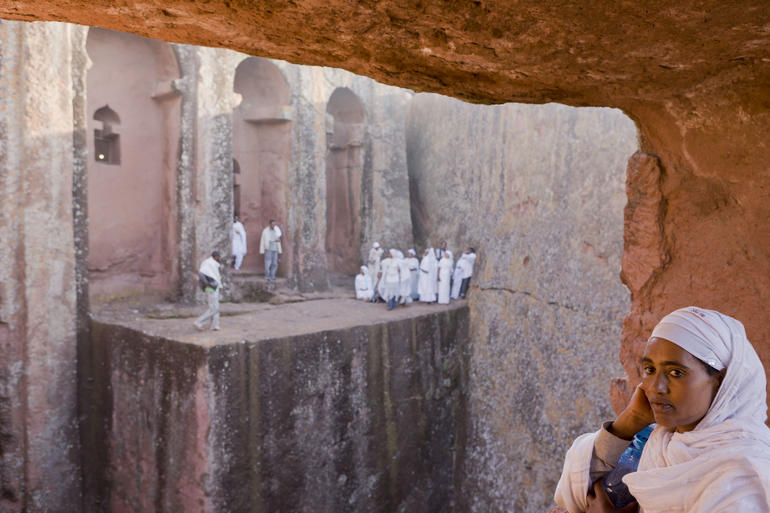
In April, renowned photographer Iwan Baan discussed the role photography plays in bringing historic places to life at our annual Paul Mellon Lecture. Baan’s work at cultural heritage sites around the world demonstrates his keen ability to see beyond a building's walls and amplify their human stories. Seen here are the rock-hewn churches of Lalibela, Ethiopia, where WMF has worked since the 1960s, as captured by Iwan Baan.
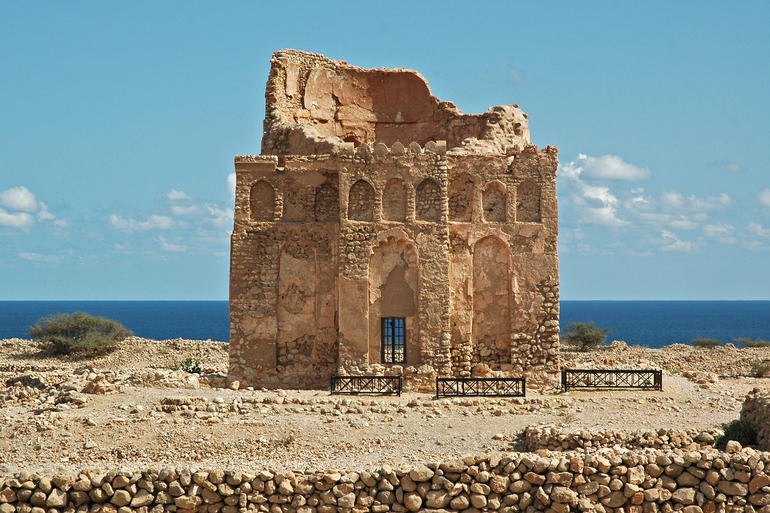
In the summer, the ancient city of Qalhât in Oman was inscribed on the UNESCO World Heritage List. From the 11th to 16th centuries, Qalhât was one of the most important Islamic commercial trade hubs in the Indian Ocean. Today, it is a largely an archaeological site with one significant standing structure, the Mausoleum of Bibi Maryam, pictured here. WMF became involved at Qalhât in 2013, preserving excavated areas and preparing a detailed management plan to assist the Omani government in presenting the site properly.
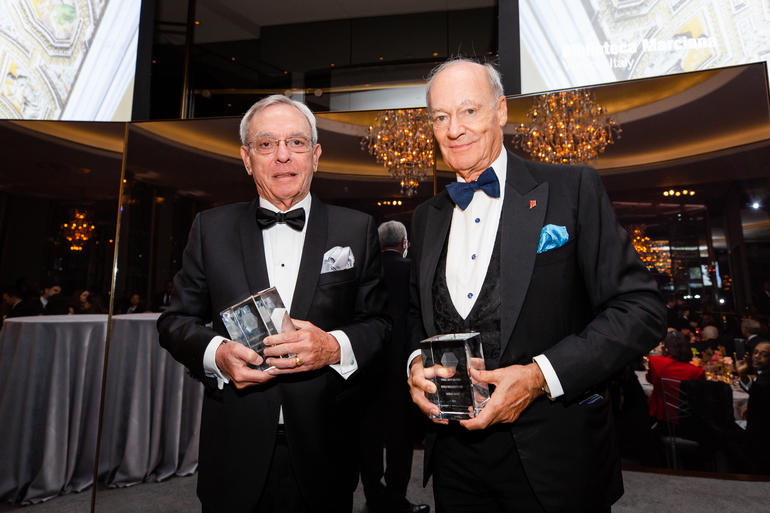
In October at the annual Hadrian Gala, WMF honored Prince Amyn Aga Khan and Dr. Eusebio Leal Spengler with the 2018 Hadrian Awards in recognition of their leadership advancing the understanding, appreciation, and preservation of the world’s cultural heritage. Prince Amyn holds multiple leadership roles within the Aga Khan Development Network, and Dr. Leal has served as the historian of the city of Havana, Cuba, since 1967.
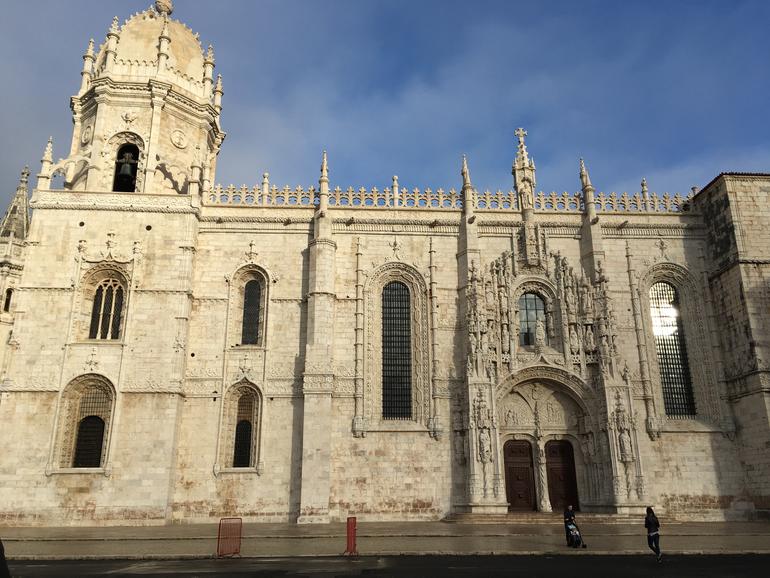
In 2018, our latest round of work at the iconic Jeronimos Monastery in Lisbon, Portugal, was completed when scaffolding was removed from its portal to reveal the finished conservation of sculptures adorning its surface. WMF’s long-standing commitment to the 16th-century masterpiece began in 1999.
This work is made possible by you, our dedicated and passionate supporters. Thank you for all you do for cultural heritage sites and communities around the world.
We look forward to sharing more progress in 2019. From all of us at World Monuments Fund, Happy New Year!
